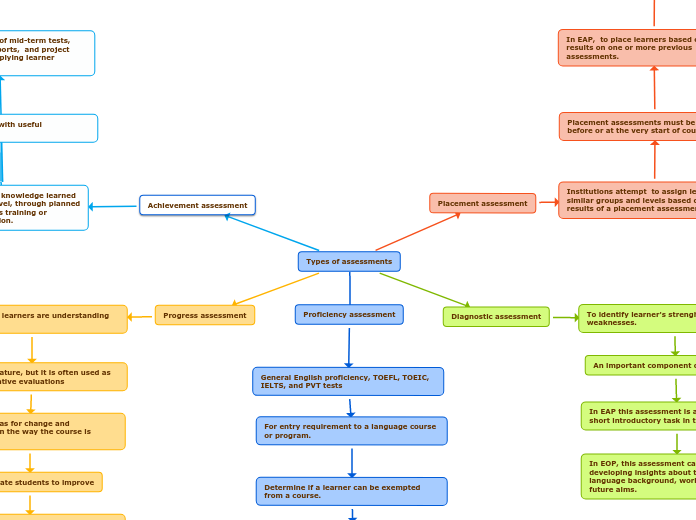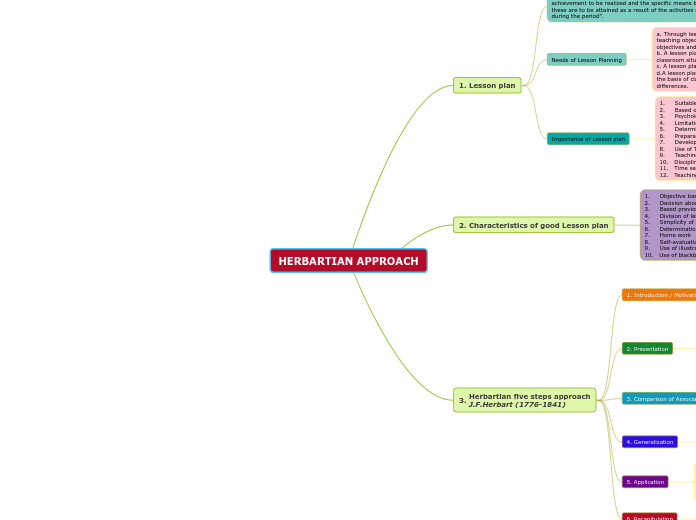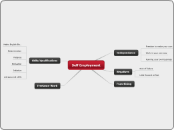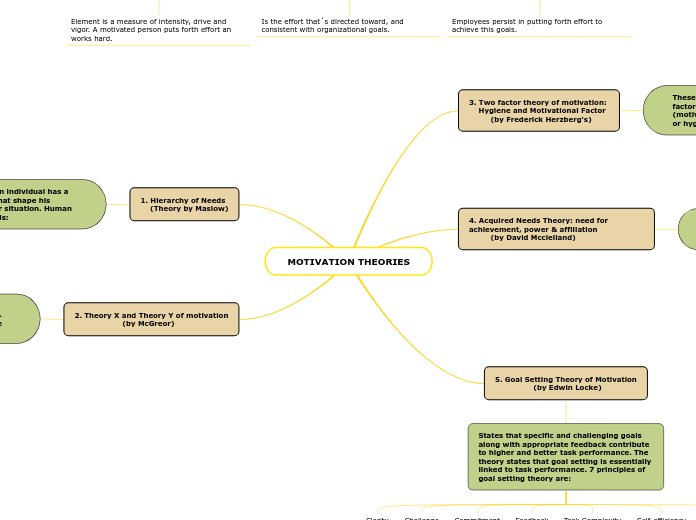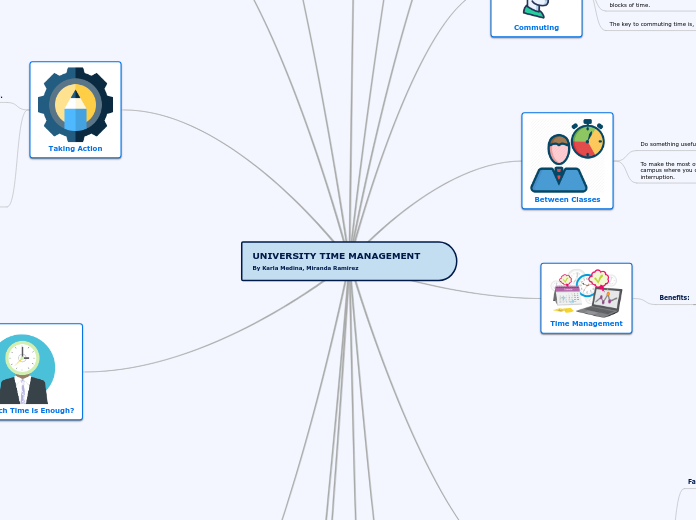Types of assessments
Diagnostic assessment
To identify learner's strenghs and weaknesses.
An important component of need analysis
In EAP this assessment is applied through a short introductory task in the first lesson
In EOP, this assessment can help us developing insights about the learner's language background, work context, and future aims.
Achievement assessment
Measure skills and knowledge learned in a given grade level, through planned instruction, such as training or classroom instruction.
In EAP, take the form of mid-term tests, end-of-term tests, reports, and project portfolios. Used for applying learner surveys.
In EOP, the learners’ target needs are usually more directly related to the learning objectives of the course.
- provide instructors with useful information.
Progress assessment
To establish if learners are understanding the course.
formative in nature, but it is often used as part of summative evaluations
To identify areas for change and improvement in the way the course is conducted.
To motivate students to improve
Take the form of weekly in class-quizzes, homework assignmets and mid-term tests
Placement assessment
Institutions attempt to assign learners to similar groups and levels based on the results of a placement assessment.
Placement assessments must be carried out before or at the very start of courses.
In EAP, to place learners based on their results on one or more previous assessments.
In EOP, training time and the measurable outcomes of the training.
Proficiency assessment
General English proficiency, TOEFL, TOEIC, IELTS, and PVT tests
For entry requirement to a language course or program.
Determine if a learner can be exempted from a course.
In EAP, entry requirments, choose their university.
In EOP, for interview , for applying a job.
